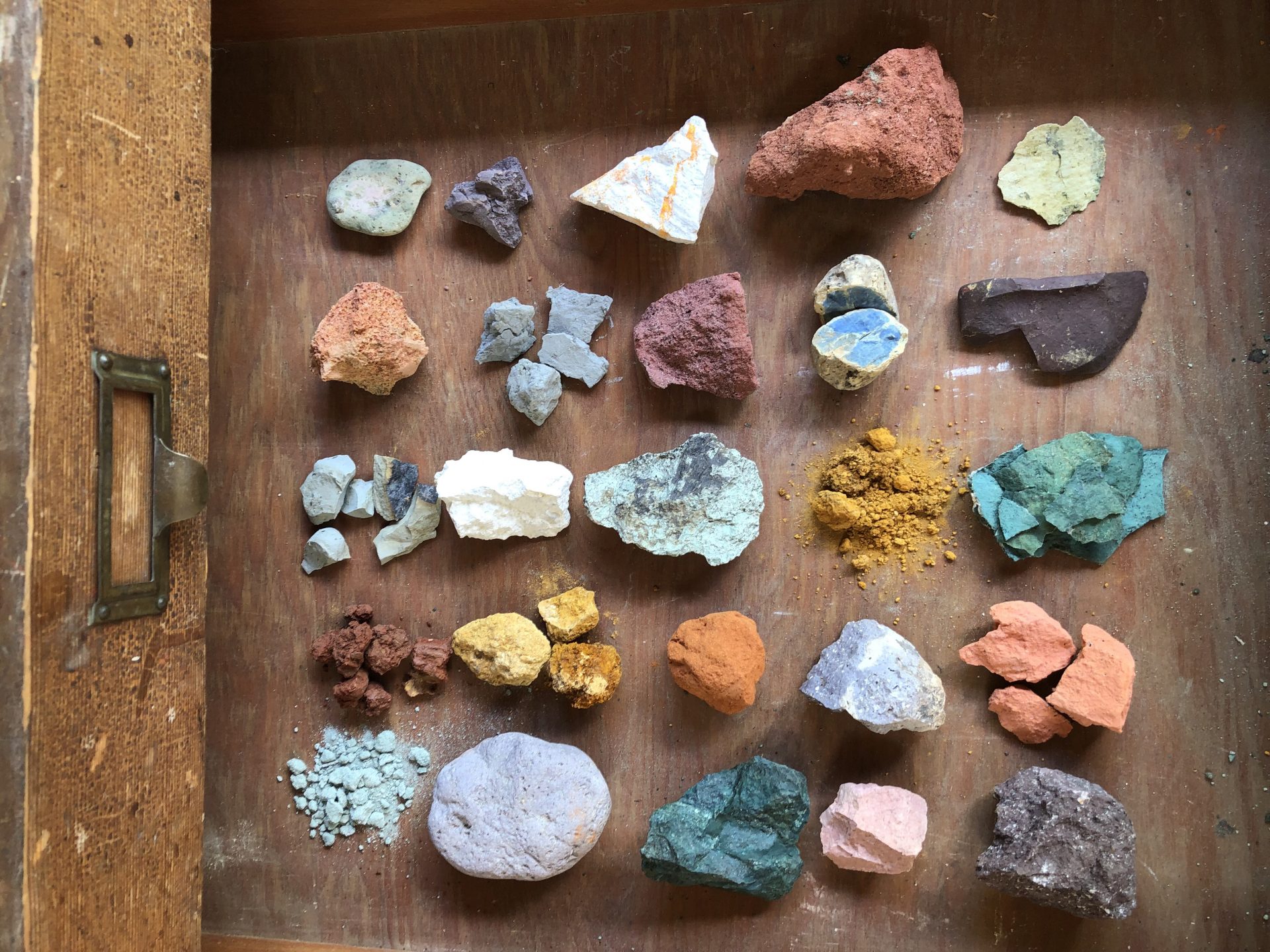As kids, who among us hasn’t faced a scolding from teachers or parents for doodling quirky patterns and random self-made characters on classroom desks? Or for turning the walls at home into a tapestry of crayon art? You’re right, none of us. At some point, we’ve all embraced our inner artist!
Now picture our ancient ancestors inscribing some figures onto rocks, just as we’ve done in our own ways. What connects us across the ages? It’s the spirit of self-expression that overflows through the passage of time.
Ancient peoples adorned the walls of caves using paint meticulously prepared from dirt or charcoal mixed with spit or animal fat. These pigments adhered to the walls partly because they became embedded in the porous surface and partly due to the drying of the binding media such as spit or fat, which helped secure the pigment in place.
Cave artists exhibited fantastic knowledge of technique. They used different techniques such as brushing, smearing, dabbing, and spraying. For larger areas, they often used their fingertips or pads made from moss. Horsehair brushes were used for fine details and outlining. To spray paint, they blew pigment through hollow bones, creating a fine, airbrush-like effect.
Iron oxides, taken directly from the ground as clay-rich lumps, could be shaped into crayon-like sticks or turned into a liquid paste similar to paint. These lumps were likely ground into a fine powder using natural stone hollows inside caves, where stains from this process have been found. Large animal bones, like shoulder bones, have been discovered stained with pigment and are thought to have been used as tools for grinding. The pigment paste was then mixed with binders like water, vegetable juices, urine, animal fat, bone marrow, blood, or egg whites to create a flexible paint.
The black paintings created by the cave artists of Pech Merle in France were likely a product of manganese black occuring locally. The mineral was treated with heat. It's likely that heating helped crush the rock into a fine black powder for easier use. The act of burning manganese might have had important symbolic or ritual meaning. This fits with evidence showing that early humans burned materials for both practical and symbolic reasons. For instance, the heating of goethites and limonites to create red iron oxide pigments as early as the Acheulian era at Terra Amata.
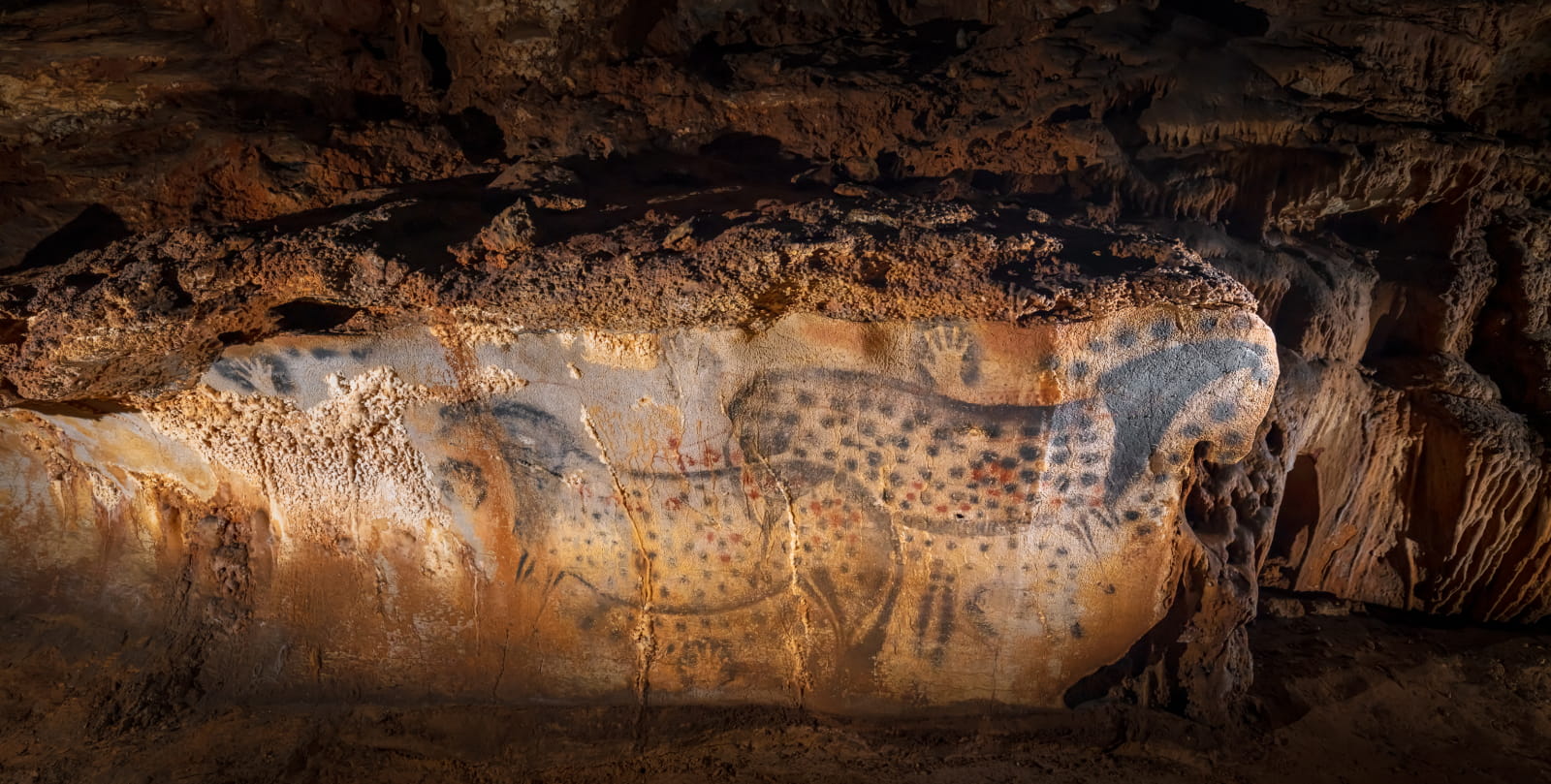
Prehistoric pigments pointing out technological shifts:
Cave art pigments offer a fascinating glimpse into the evolution of ancient technology over 4,500 years. In Ethiopia’s Porc-Epic Cave, the sources of ochre minerals used by Stone Age humans changed during this period, though the reasons behind the shift remain unclear. Among these discoveries were some four thousand pieces of ochre, also known as iron-rich minerals that give vivid red hues when used over a surface. Such minerals were frequently collected and utilized by prehistoric communities for their artistic endeavours.
In the age of Civilizations:
As civilizations flourished, so did the art of pigment creation, gaining both sophistication and prominence. Egyptian artists mastered the use of natural materials to craft vibrant pigments that adorned everything from majestic pyramids to the elaborate sarcophagi of the Egyptian royalty. Skilled in mining, they extracted earth pigments, minerals, copper, bronze, silver, and lead with precision.
Their extensive trade networks also brought exotic dyes and pigments from distant lands, such as the striking blue Lapis Lazuli imported from Afghanistan. By finely grinding these precious stones, they created brilliant blue shades, while heating lead ore allowed them to produce a striking palette ranging from pure white to fiery red.
Red, orange, yellow, and brown pigments were derived from iron oxide clays, while vivid yellows came from the toxic mineral orpiment. White pigments were sourced from gypsum or chalk, and black was made from carbon, such as charred wood. Green shades were crafted using minerals like Malachite and Chrysoprase, as well as an innovative technique involving the acidic corrosion of copper.
Egyptian blue, a unique glass-like pigment, was created by heating quartz sand, copper, calcium oxide, and a natural alkali like natron found in Egyptian waters. Blue was deeply symbolic in Egyptian culture, representing the heavens, the universe, water, and the Nile. Among the most used paints were natural earth-based milk paints. Oils, waxes, resins, mastics, eggs, milk, lime, and alcohol were also utilized as binders to create a wide variety of paints and finishes.
Scientists uncovered something fascinating. The pigment glows with near-infrared radiation when exposed to visible light. This fascinating property, known as luminescence, unlocks exciting opportunities in modern technology, ranging from cutting-edge bio-imaging to innovative security inks. Researchers at the British Museum have delved deep into this phenomenon, highlighting the pigment's remarkable versatility and promising potential.
The Egyptian blue also brings to light a very significant feature of ancient civilisations – that of long-distance trade. The lapis lazuli imported by ancient Egypt came all the way from the Sar-i Sang mines in Afghanistan's Badakhshan province, which have been in operation for more than 6,000 years.
The lavish royal tombs of the Nile Valley, particularly that of the young Pharaoh Tutankhamun, offered a striking contrast to simpler burial sites. His tomb, one of the few to escape looting by grave robbers, contained treasures that gleamed with gold and were enhanced by vivid colors: the deep blue of ultramarine, brilliant ruby and orange-yellow tones of realgar and orpiment.
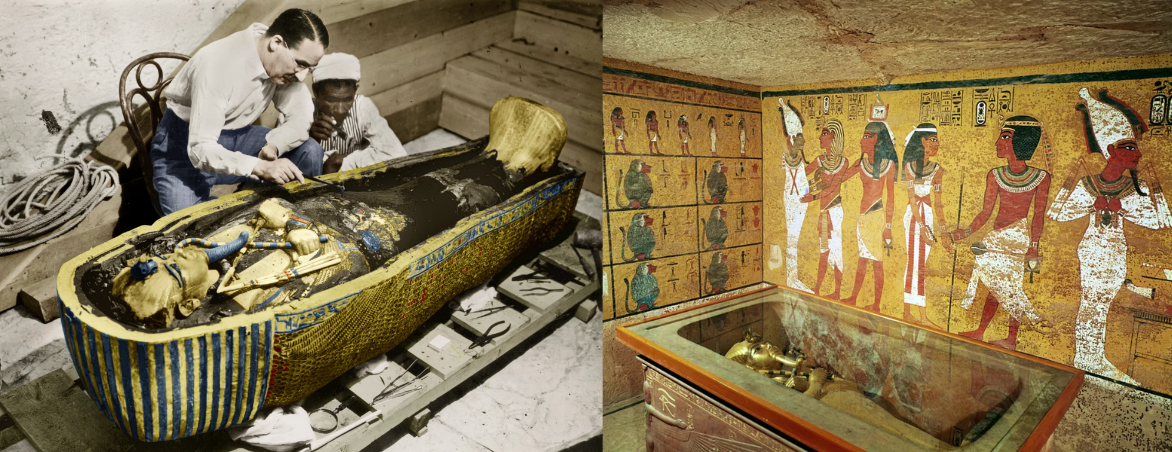
Ultramarine, known for its vibrant blue color, was made by grinding the rare lapis lazuli stone into powder. Originating in northern Afghanistan, it was introduced to Europe via the Silk Roads and the eastern Mediterranean in the 14th and 15th centuries. Its name, from the Latin ultramarinus or "beyond the sea", reflects its distant origins. As the most prized blue pigment of the Renaissance, ultramarine was very expensive and typically used in significant artworks, often to paint the Virgin Mary's robes, symbolizing her reverential status.
Azurite paint, prepared from the mineral of the same name, was used by Egyptian temple priests to decorate the Third Eye on their foreheads, believing it enhanced their powers. Azurite was also used in the Chinese civilization. The mineral was regarded as the "Stone of Heaven," thought to open spiritual doorways for seekers aspiring to know the reality beyond the material world.
Modern threats to ancient pigments:
A host of natural and man-made factors cause irreversible damage to centuries-old cave art. Fluctuations in temperature and other environmental factors often disrupt the properties of pigments used. For instance, in Cave of Altamira, Spain, variations in humidity levels have had adverse effects on the adhesion of pigments, giving rise to flaking on rock surfaces. The universally renowned hub of ancient art in France, the Cave of Lascaux, experienced damage to its delicate environment shortly after it was opened to the public. In the early 1960s, the installation of lighting for tours led to the growth of fungi on the cave’s wall paintings.
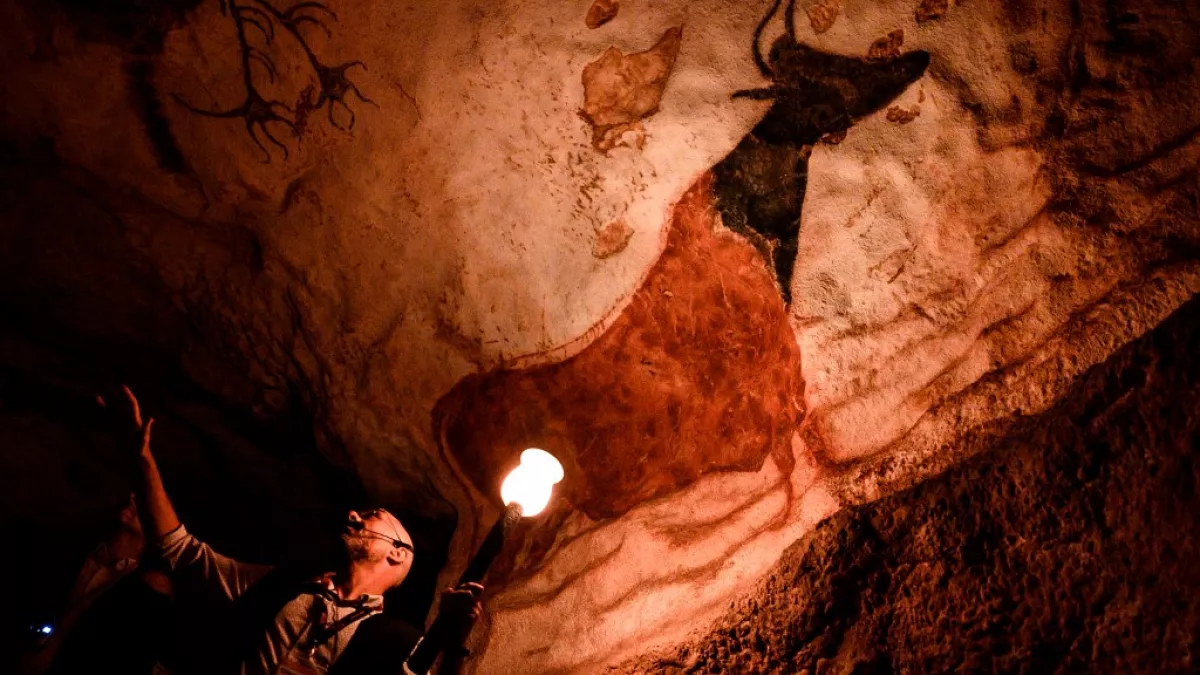
Marching into modernity:
Fast forward to the 18th and 19th centuries, when advances in chemistry coupled with industrialization led to a rapid expansion in the development of synthetic pigments. Over time, the commercialization of synthetic pigments continued to grow exponentially. The use of synthetic pigments in artists' paints has grown since their discovery. The tale of synthetic dyes started with the discovery of Prussian blue in 1704. A key moment occurred in 1861 with the discovery of diazo compounds, which formed the basis for the largest group of synthetic dyes used today.
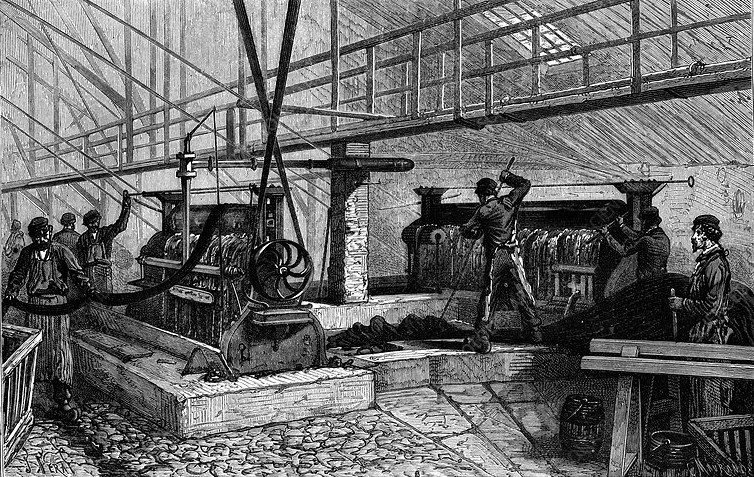
Today with modern technology, digital painting has revolutionized the world of art and aesthetics. Using graphic tablets, powerful softwares offering a wide array of tools and effects, artists now bring their imaginations to life. The liberty to experiment endlessly has opened up a whole new realm of creativity. Even better, digital art has broken down barriers, making it easier than ever to share masterpieces online and connect with a global audience. The invention and subsequent improvements in digital printing have further set the scene for further artistic exploration and precision.
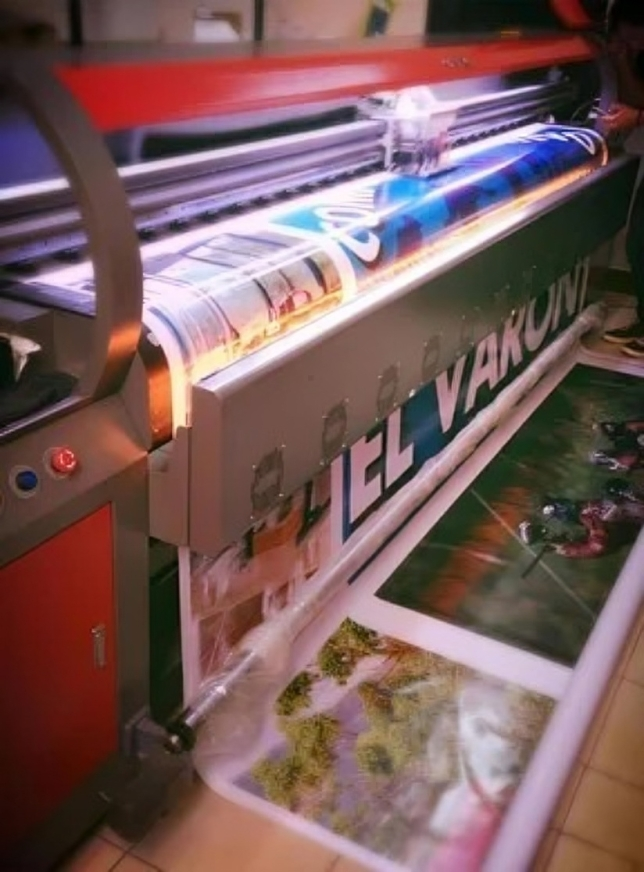
In the rapidly evolving world of textile printing, pigment inks have revolutionized the industry. With their adaptability and innovative edge, pigment inks are at the forefront of the move toward eco-friendly and durable printing practices.
From ancient cave pigments to cutting-edge synthetic and digital paints, humanity's journey with colour has been nothing short of extraordinary. Driven by an enduring desire for self-expression, we've continually pushed the boundaries of creativity, transforming the way we see and share our world.
